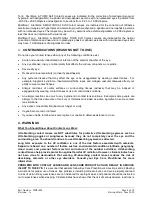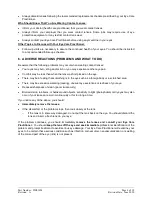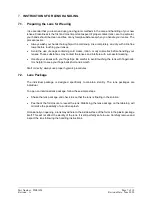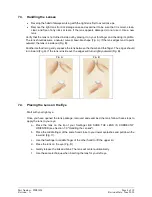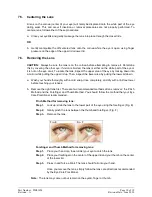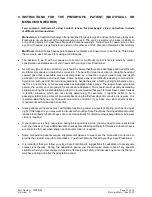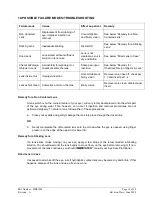
Part Number: PIB01054
Page 7 of 18
Revision: A
Revision Date: June 2020
7.
INSTRUCTIONS FOR LENS HANDLING
7.1.
Preparing the Lens for Wearing
It is essential that you learn and use good hygienic methods in the care and handling of your new
lenses. Cleanliness is the first and most important aspect of proper contact lens care. In particular,
your hands should be clean and free of any foreign substances when you handle your lenses. The
procedures are:
•
Always wash your hands thoroughly with a mild soap, rinse completely, and dry with a lint-free
towel before touching your lenses.
•
Avoid the use of soaps containing cold cream, lotion, or oily cosmetics before handling your
lenses. These substances may contact the lenses and interfere with successful wearing.
•
Handle your lenses with your fingertips. Be careful to avoid touching the lens with fingernails.
It is helpful to keep your fingernails short and smooth.
Start correctly; always use proper hygienic procedures.
7.2.
Lens Package
The individual package is designed specifically to maintain sterility. The lens packages are
individual.
To open an individual lens package, follow these simple steps:
•
Shake the lens package and check to see that the lens is floating in the solution.
•
Peel back the foil closure to reveal the lens. Stabilizing the lens package on the tabletop, will
minimize the possibility of a sudden splash.
Occasionally on opening, a lens may adhere to the inside surface of the foil or to the plastic package
itself. This will not affect the sterility of the lens. It is still perfectly safe to use. Carefully remove and
inspect the lens following the handling instructions.




